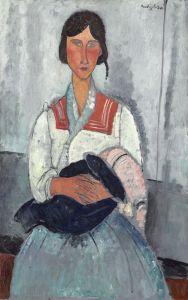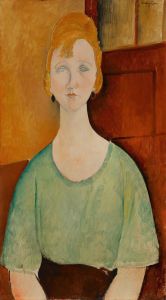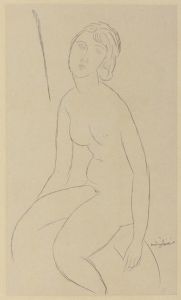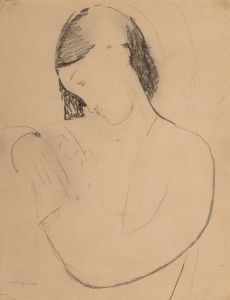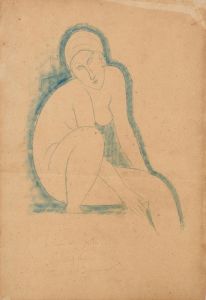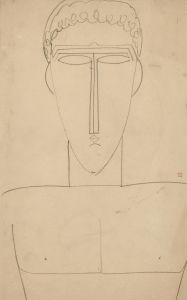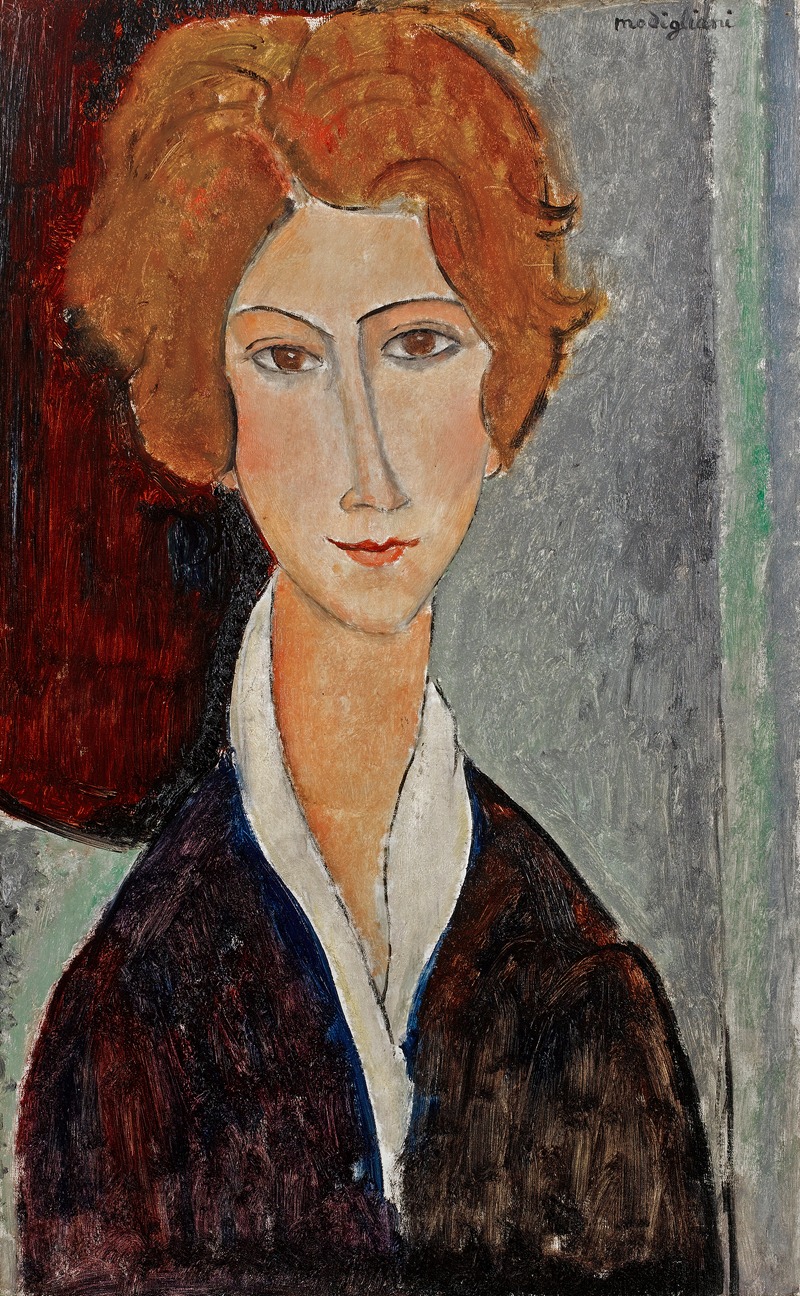
Portrait de femme
A hand-painted replica of Amedeo Modigliani’s masterpiece Portrait de femme, meticulously crafted by professional artists to capture the true essence of the original. Each piece is created with museum-quality canvas and rare mineral pigments, carefully painted by experienced artists with delicate brushstrokes and rich, layered colors to perfectly recreate the texture of the original artwork. Unlike machine-printed reproductions, this hand-painted version brings the painting to life, infused with the artist’s emotions and skill in every stroke. Whether for personal collection or home decoration, it instantly elevates the artistic atmosphere of any space.
Amedeo Modigliani, an Italian painter and sculptor, is renowned for his distinctive modernist style, characterized by elongated forms and a focus on the human figure. Among his many works, Portrait de femme (Portrait of a Woman) is a notable example of his artistic approach, though specific details about this particular painting, such as its creation date, subject, or provenance, are not widely documented.
Modigliani's portraits, including Portrait de femme, often depict women with elongated necks, simplified facial features, and a sense of introspection. His style was influenced by a combination of Renaissance art, African sculpture, and the modernist movements of his time. These elements are evident in his works, where he sought to capture the essence of his subjects rather than their exact likeness. The women in his portraits frequently exude a sense of mystery and elegance, which has become a hallmark of his oeuvre.
Modigliani worked primarily in Paris during the early 20th century, where he was part of the vibrant artistic community in Montparnasse. His career was tragically short, as he died in 1920 at the age of 35. Despite his relatively brief life, his works have had a lasting impact on the art world and are celebrated for their unique aesthetic and emotional depth.
While Portrait de femme is often cited as an example of Modigliani's mastery of portraiture, specific information about this painting, such as its current location or the identity of the sitter, is not readily available. Many of Modigliani's works were untitled or ambiguously titled, making it challenging to trace their histories with certainty.
If more detailed information about Portrait de femme becomes available, it would provide further insight into Modigliani's artistic process and the context of this particular work. For now, it remains an example of his enduring legacy as one of the most distinctive and influential artists of the 20th century.






